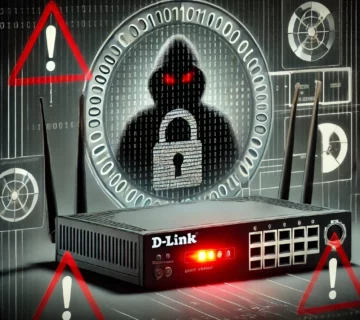
Massive Healthcare Data Breach: Hackers Steal 1.6 Million Patient Records – What You Must Know
Healthcare data breach at Laboratory Services Cooperative, where hackers compromised the personal, medical, and financial information of 1.6 million individuals. The text outlines the types of data stolen, the states potentially affected, and LSC's response, including offering credit monitoring. It further provides eleven crucial steps individuals can take to protect themselves following such incidents and explains the lasting impact of exposed healthcare data. Lastly, the piece introduces Technijian, a cybersecurity firm offering services to help healthcare organizations prevent future breaches and secure patient data. ... Read More


